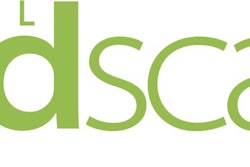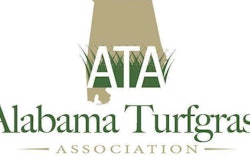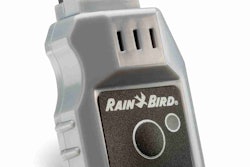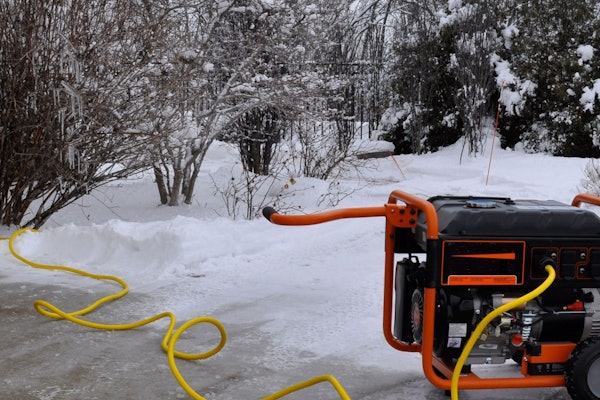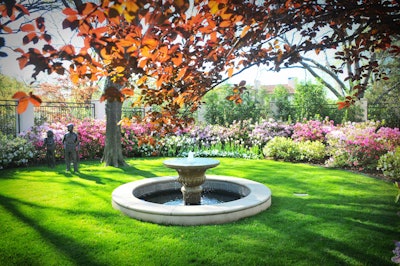 Whether drought shaming migrates from America’s desert to its main streets remains to be seen, but rumors of a war on grass are bountiful.
Whether drought shaming migrates from America’s desert to its main streets remains to be seen, but rumors of a war on grass are bountiful.Photo: Lawns of Dallas/National Association of Landscape Professionals
We enjoy watching The Atlantic keep watch on America’s lawns. The iconic magazine, which was around before the Civil War, has written several times lately about issues of real significance to landscaping businesses.
An August 2015 story by Megan Garber was titled “The Life and Death of the American Lawn.” Then, in July 2016, The Atlantic reported on the H-2B program and its importance to the U.S. landscaping industry. That story, by Alexia Fernández Campbell, was titled “Many Americans Want Work, but They Don’t Want to Mow Lawns.”
It was also in July 2016 that Andrew McGill, a senior associate editor at The Atlantic, contributed a detailed report on “The Shrinking of the American Lawn.” The most persuasive explanation of the shrinkage cited in McGill’s story was economic: To get the biggest house possible at a price they can manage, more and more Americans “are voluntarily buying houses with smaller yards.”
But, as The Atlantic has covered much better than most, there’s a battle brewing over the American lawn.
Granted, for landscapers who follow their industry’s trade press, this isn’t news, and yet the contours of “grass warfare” are still taking shape. We’re not at all sure what it will look like five years from now. At this point, we’re still wondering whether watering one’s lawn eventually will become a shame-worthy practice outside California and the desert Southwest?
After all, much of the Northeast and Southeastern United States has been hit by extreme drought during the past several months or longer. Presumably, water conservation will lessen as winter snow and rains ease that situation, with lawn irrigation resuming in the spring.
Unless it doesn’t.
The way this cultural story plays out will have a major impact on the entire industry, because it isn’t just the small companies that mow grass. In fact, companies focusing exclusively on commercial clients often cut more grass than their peers, given that those customers include homeowners associations, multifamily properties such as apartment and townhouse complexes, as well as corporate and institutional campuses.
No sensible person will ever argue that water isn’t a precious resource. But if it becomes so precious – absent a drought – that we can’t use it to care for turfgrass, we’ll be suspicious that something important went awry somewhere else in American culture.

